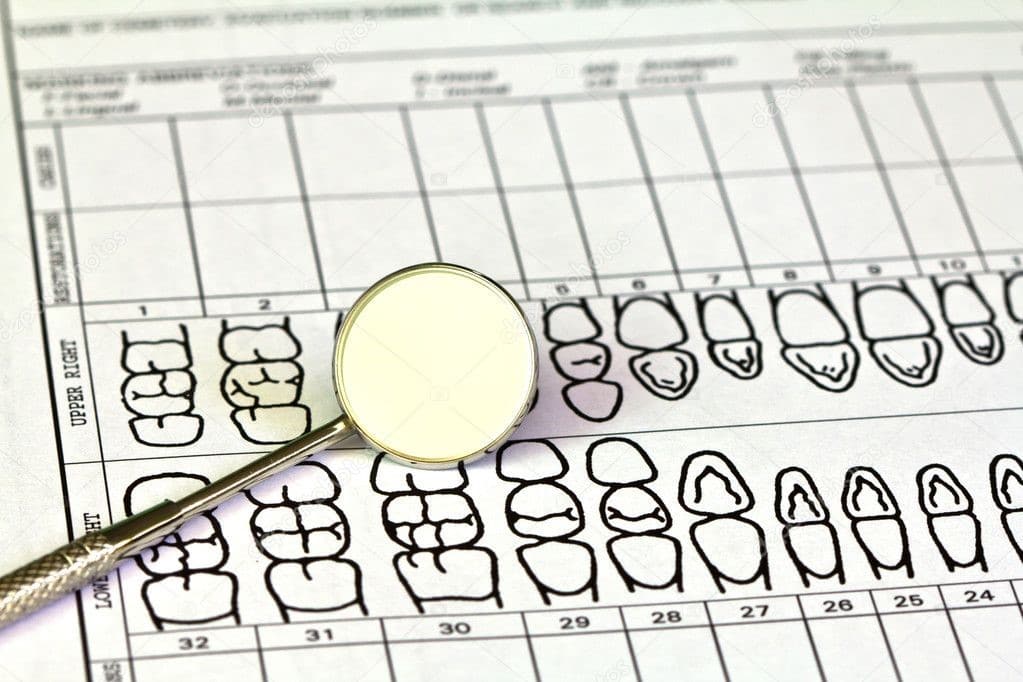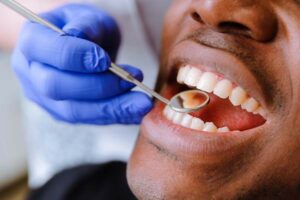A common difficulty. You are trying to describe your pain or dental necessity and when it comes to specifying the tooth you are referring to, you find yourself counting. It also happens when the dentist talks to you about your treatment plan: he mentions several numbers ¨¨2…8…26…30¨¨. You wonder what he is talking about. We believe patients ought to have a clear understanding of what happens with their own mouth at the consultation. The tooth number system is similar to a language in the sense that understanding it facilitates communication. If you are planning to undergo any dental treatment or if you are getting quotes for it, the first step is to get acquainted with the tooth number system.

There
are three main numbering systems for adult tooth identification. Most dentists are acquainted with these, but
work predominantly with one. Most in the United States and some in Canada use
the Universal Numbering System since the American Dental Association officially
adopted it. The numbering starts on your upper right starting with the wisdom
tooth as 1 and counting consecutively counterclockwise until 16 as your upper
left wisdom tooth. It continues on your left lower wisdom tooth as 17 and
counts consecutively towards your right until you reach the lower right wisdom
tooth 32. This means that patients who have had their wisdom teeth extracted
will have teeth 2 through 15 and 18 through 31. Note the right and left side
are arranged from the dentist´s viewpoint.

For the other numbering systems, it is important to consider dentists divide the mouth into four sections called quadrants. Imagine a vertical line between your two centrals and a horizontal line that divides your upper and lower arches. Quadrants are numbered clockwise 1 through 4 from the dentist´s perspective. See the chart below.
Most practices outside United States and Canada are more familiar with the Federation Dentaire Internationale (FDI ) numbering system. Here, each tooth number comprises the quadrant the tooth belongs to and the number counting from the central tooth towards the back. Thus, each tooth will have two digits 1.1 through 1.8 for the first quadrant, 2.1 through 2.8 for the second, 3.1 through 3.8 for the third, and 4.1 through 4.8 for the fourth. Some dentists disregard the period. They read one-one, one-two, one-three and so forth. This is the predominant system used by dentists in Costa Rica. See the chart below.

The Palmer Notation numbering system is also based on the quadrant division of teeth. This system is most often used internally and they are rarely shown to the patient. Each tooth is numbered from front to back one through eight just as the FDI system, but the quadrant will be identified with the symbol “ “ for upper right quadrant, for upper left, for lower left, and for lower right. Thus for example, tooth 8 in the Universal tooth system and 1.1 in the FDI system will be shown as 1 in Palmer Notation. The entire adult dentition will be shown thus,

Patients should not worry about learning to use all of these. Dental clinics involved with dental tourism will take the care to translate into a notation the patient is familiar with. Dentists at the Costa Rica Dental Team are fully trained to meet the English-speaking patient´s needs and our treatment plans and estimates will always be presented in a format comprehensible to you.
Now that you are familiar with tooth numbers, contact us for a free estimate today
Dental clinics involved with dental tourism will take the care to translate into a notation for which the patient is familiar.




